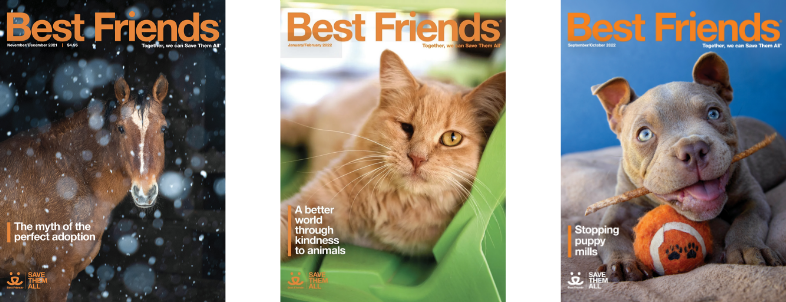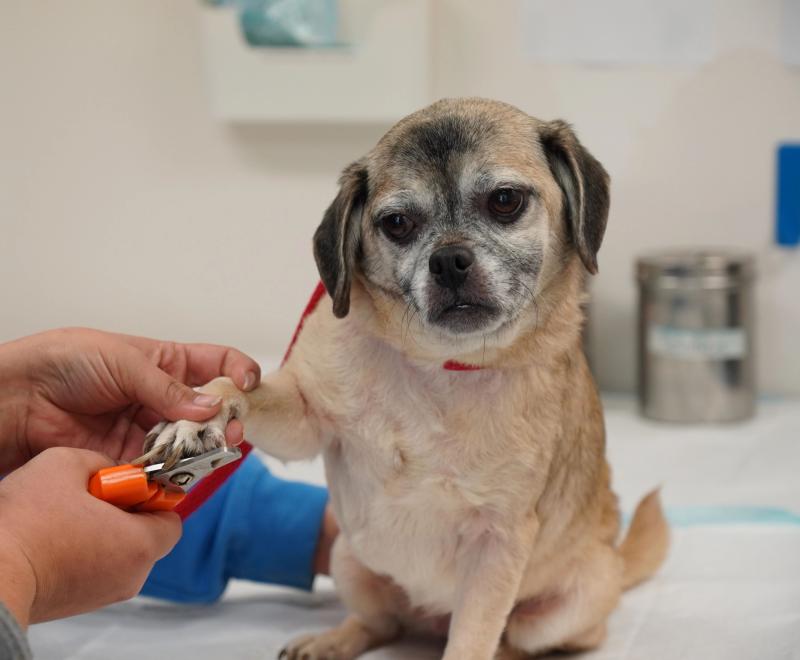Shelter converts crematorium to dog, cat healing area
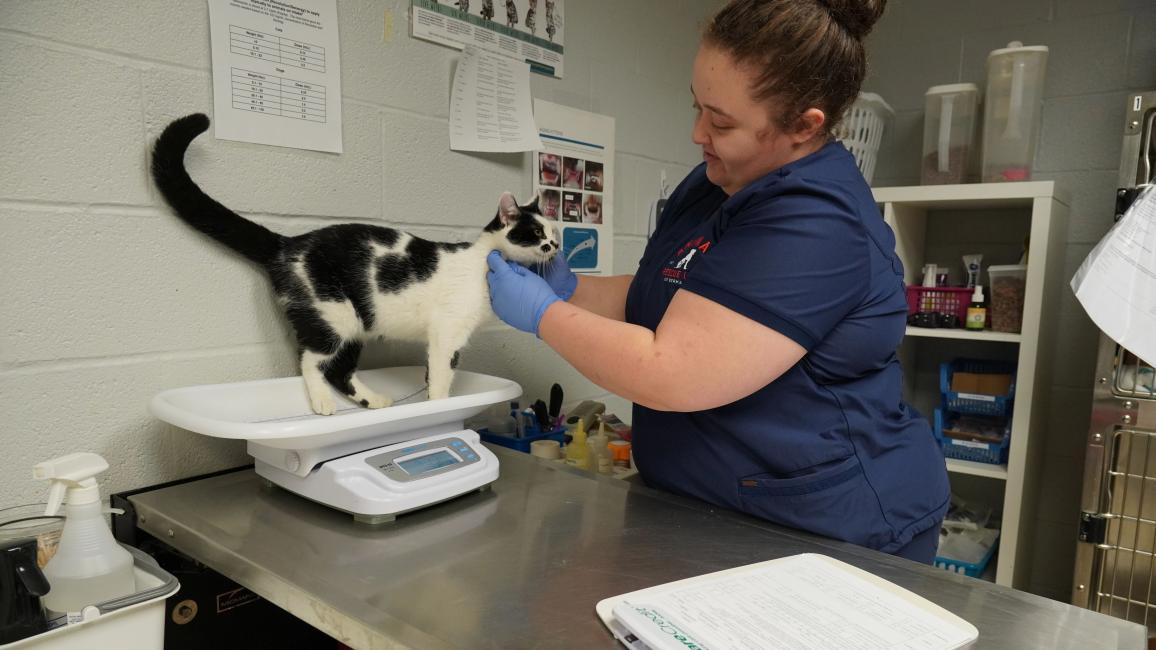
When the Animal Rescue League of Berks County (ARL) took the historic step of adopting a no-kill philosophy for its shelter back in 2018, progressive changes soon followed — most notably a more intense focus on lifesaving and new programs designed to keep people and their pets together.
However, it was a simple yet decisive act of removing from the premises an old, obsolete cremation furnace that put an exclamation point on the Pennsylvania shelter’s ongoing commitment to saving the lives of more dogs and cats.
“For many, many years we were a high-admission shelter, which resulted in a significant amount of euthanasia to ensure there was enough space for the next animal in need,” says Ashley Mikulsky, ARL’s acting chief executive officer. “So over time as we implemented our no-kill philosophy, it got to the point where the crematorium was no longer needed. Now that it’s gone, it’s just another historical milestone that symbolizes where we came from and where we are going.”
Phasing out the 5-by-6-foot, concrete-lined incinerator was just one part of that new focus. The other was determining what to do with the freed-up space. Memories still vivid from the onset of the COVID-19 pandemic provided the answer: ARL needed a place of healing for sick dogs and cats who must be isolated from other pets to prevent diseases from spreading. The newly vacated space was perfect.
The space, essentially one big room, is being divided into separate sections for dogs and cats. “In the event that we have another contagious disease outbreak like we did in 2023, we will easily be able to keep areas of up to seven dogs and 12 to 15 cats segregated from the population,” Ashley says.
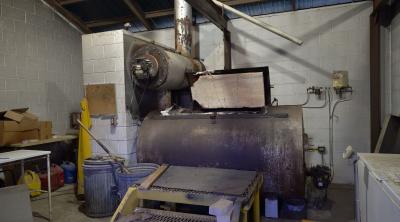
Keeping pets and families together
“We are thrilled to celebrate Animal Rescue League of Berks County's success in transforming the former crematorium into a new isolation space,” says Carolyn Fitzgerald, Best Friends Animal Society senior strategist for the East region. “ARL has made great strides in implementing a no-kill philosophy over the years, increasing their save rate, saving more animals, and being a resource to their community.”
Front and center in ARL’s commitment to no-kill is its vibrant surrender-prevention program, a targeted effort to keep animals and their people together. The focus is on minimizing pet surrenders so that families faced with emergencies, financial hardship, or some other extenuating circumstances no longer are pressured to give up their beloved pets.
[A no-kill champion for Pennsylvania’s pets]
Helping people navigate a pet surrender requires delicate handling, says Ashley. “We want people to know that we understand their situation, and we don’t ever want to make them feel bad for why they came to see us in the first place. It was during the pandemic when we began to notice more people facing the decision to give up their pets. As a result, it was vitally important to ramp up our own surrender-prevention efforts.
“When someone comes in believing they need to relinquish ownership of their pet, there’s always a counseling session to determine what is leading them to this decision. Once we’re aware of their situation, we can hopefully help them overcome their temporary hardship and prevent them from acting out of desperation.”
Performing in-house vet care, providing pet food, and assisting with pet behavior problems are some of the ways ARL helps prevent pet surrenders. “We don’t think that a one-time veterinary expense is any reason to separate families,” says Ashley. “If it’s a training issue, we can help with a scholarship to one of our training partners. If it’s a treatable medical situation, we have vets on staff who can do a surgery typically at a much lower cost than a private vet.”
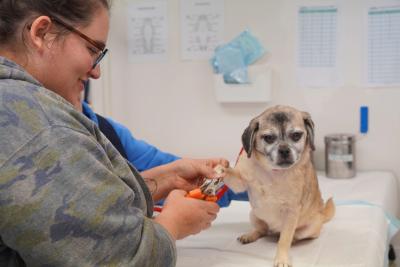
Working toward no-kill
Since adopting a no-kill philosophy in 2018, ARL’s cat save rate rose from just 40% in 2017 to 79% in 2018 (and from 2018 to 2023 it averaged around 82%). The combined save rate for both dogs and cats improved from 55% in 2017 to 87% in 2022 (and from 2018 to 2023 it averaged around 83%).
“We’ve had a close relationship with Best Friends in recent years,” says Ashley. “And through an exciting restructuring of our operations this year, plus a recent assessment of our shelter by Best Friends, we have a fresh opportunity to look at how we can save even more lives in the future.”
Best Friends works with shelters all around the country, including doing assessments for organizations that request them, with the goal of helping them reach no-kill by 2025.
[The new face of animal services in Fresno]
The removal of the crematorium and progressive commitment to no-kill are symbolic of just how far the Animal Rescue League of Berks County has come in the 73 years since the first shelter building was constructed. Today, ARL helps between 5,000 and 9,000 animals per year. And with its no-kill philosophy firmly in place, Ashley sees a bright future that includes lifesaving on an even grander scale.
“A lot of our staff are new, and I think that since we’ve adopted this no-kill model, we’ve attracted an amazing group of mission-focused team members who want to be a part of that mission,” says Ashley. “With new people and a renewed focus on the future, there’s no better time to ask ourselves how we can serve more animals and, in the process, save more lives.”
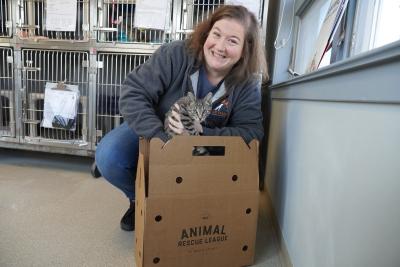
This article was originally published in the May/June 2024 issue of Best Friends magazine. Want more good news? Become a member and get stories like this six times a year.
Let's make every shelter and every community no-kill by 2025
Our goal at Best Friends is to support all animal shelters in the U.S. in reaching no-kill by 2025. No-kill means saving every dog and cat in a shelter who can be saved, accounting for community safety and good quality of life for pets.
Shelter staff can’t do it alone. Saving animals in shelters is everyone’s responsibility, and it takes support and participation from the community. No-kill is possible when we work together thoughtfully, honestly, and collaboratively.
